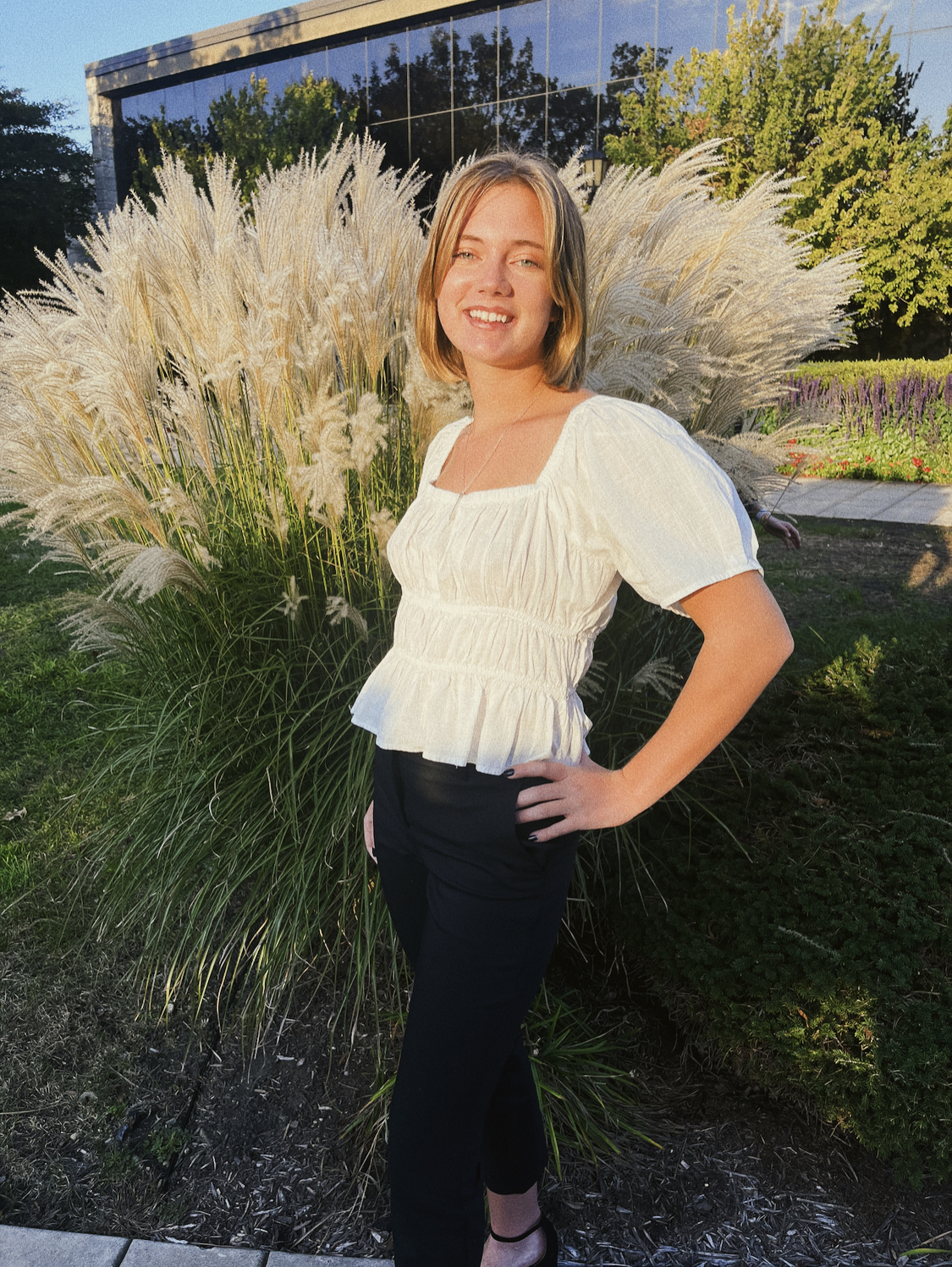Celebration of Scholars
#61: Development of an Enzyme-Based Detection Method to Study Potato Virus Y
 Name:
Madison Schafer
Name:
Madison Schafer
Major: Chemistry
Hometown: Stoughton, WI
Faculty Sponsor: Erin Weber
Other Sponsors: N/A
Type of research: SURE
Funding: SURE
Abstract
Potato Virus Y (PVY) is a prominent pathogen that negatively affects potato crop yield and quality. Detection of PVY is essential for preventing the spread and study of the infection process. In this work, we are developing a novel dark-to-bright reporter (D2B) designed to detect PVY by enzymatic activity. Compared to the current detection system using an enzyme-linked immunoassay (ELISA), the D2B reporter will allow detection, facilitating the earlier discovery of the virus and a better ability to monitor the spread of the virus earlier in the infection process. The initial D2B was designed with a short linker, but an additional literature search indicates that a longer linker may be beneficial to the function of the dark to bright reporter. This research focuses on modifying the existing D2B construct to improve the reporter's function in vitro and in vivo.Submit date: March 31, 2022, 2:40 p.m.
